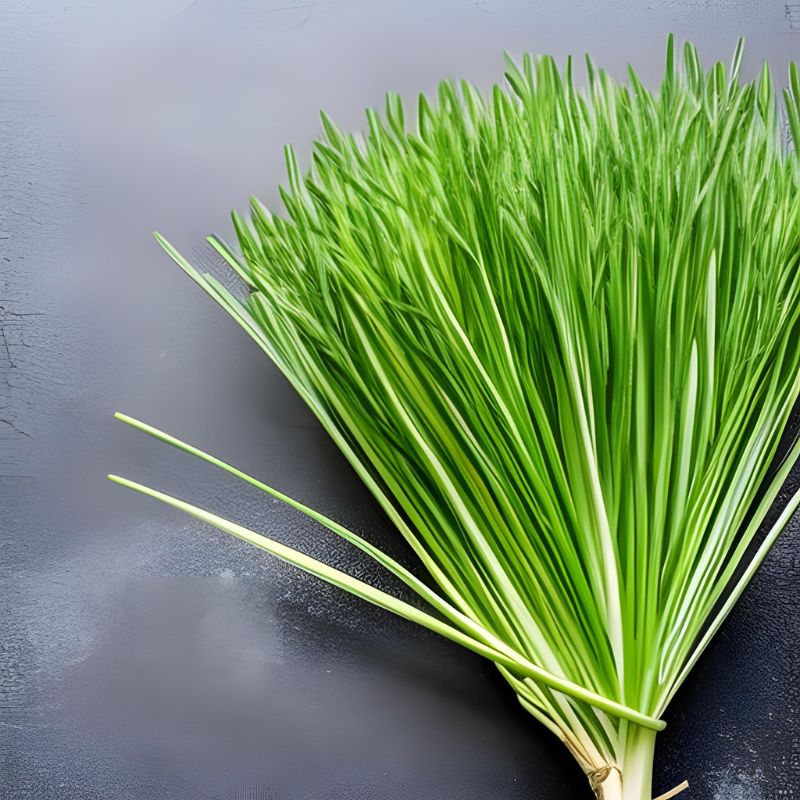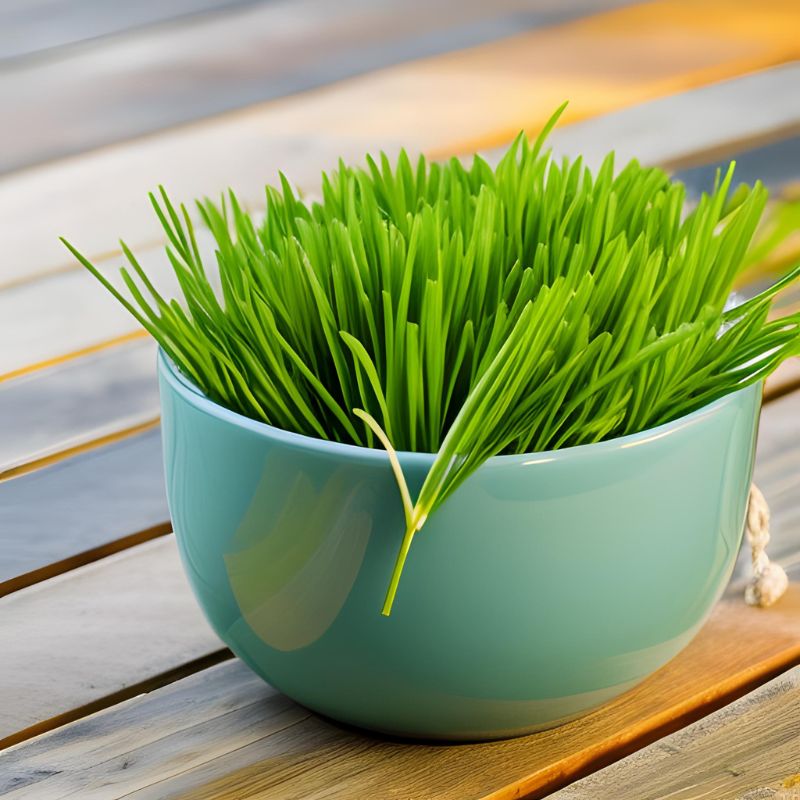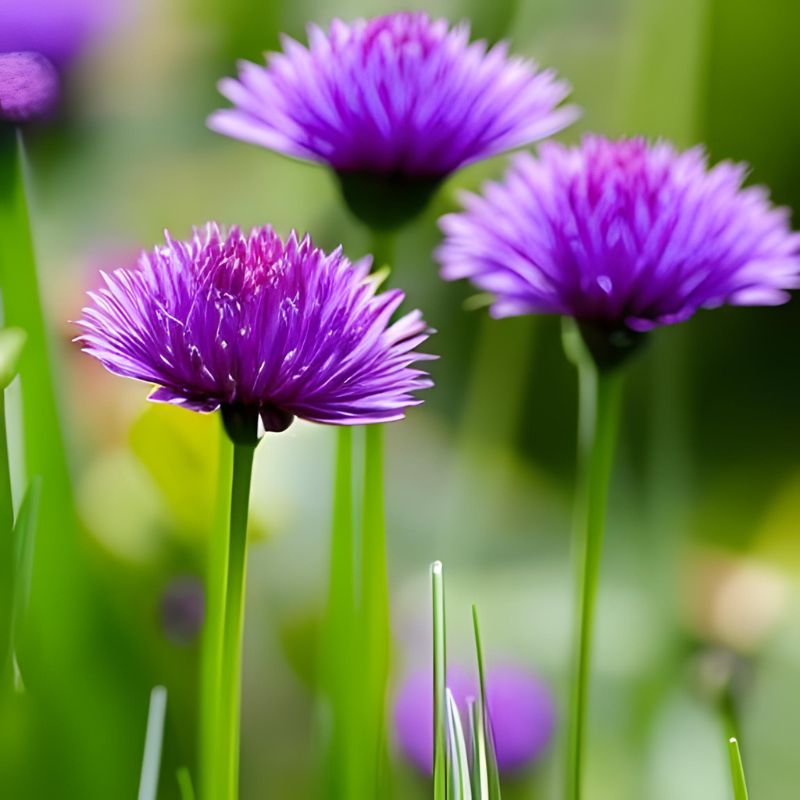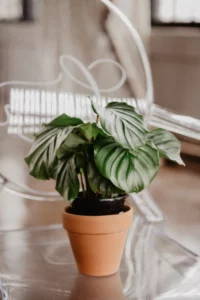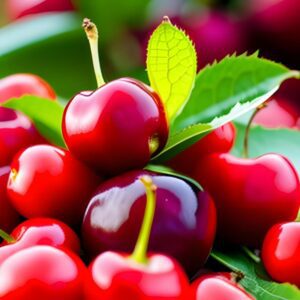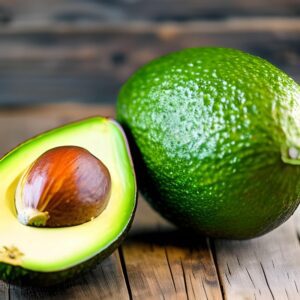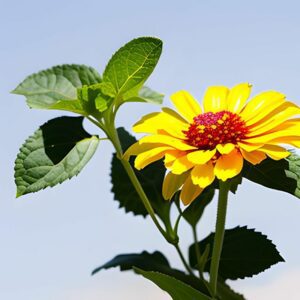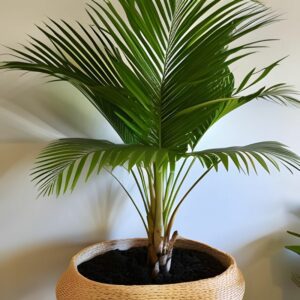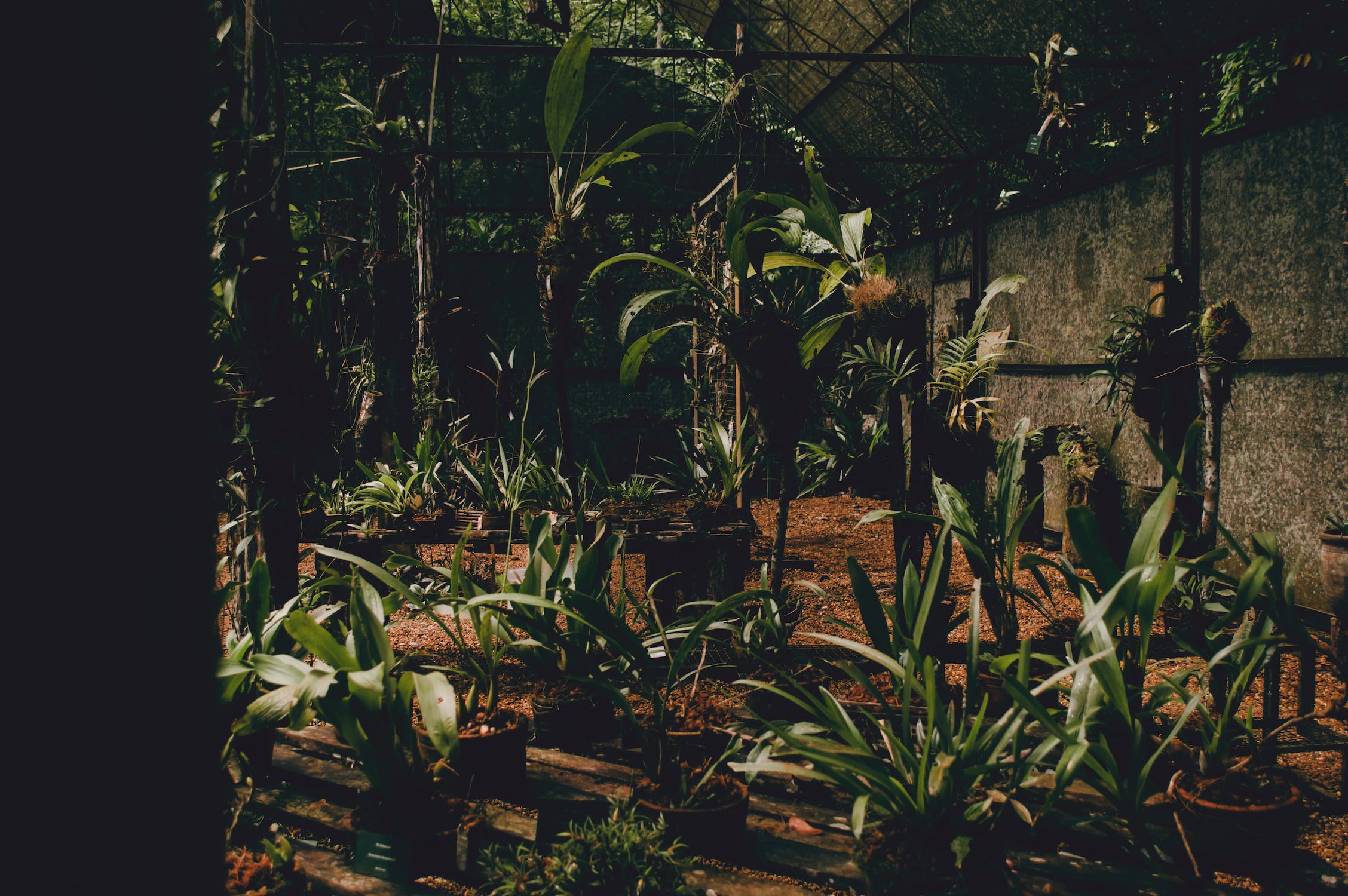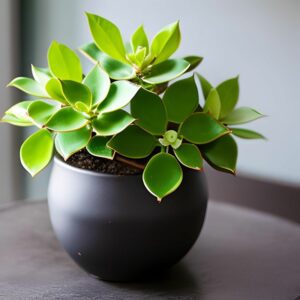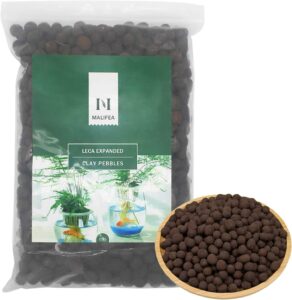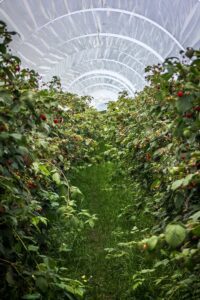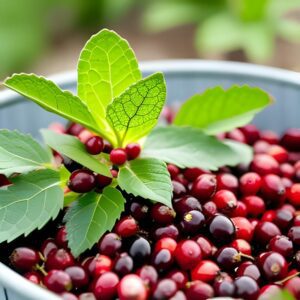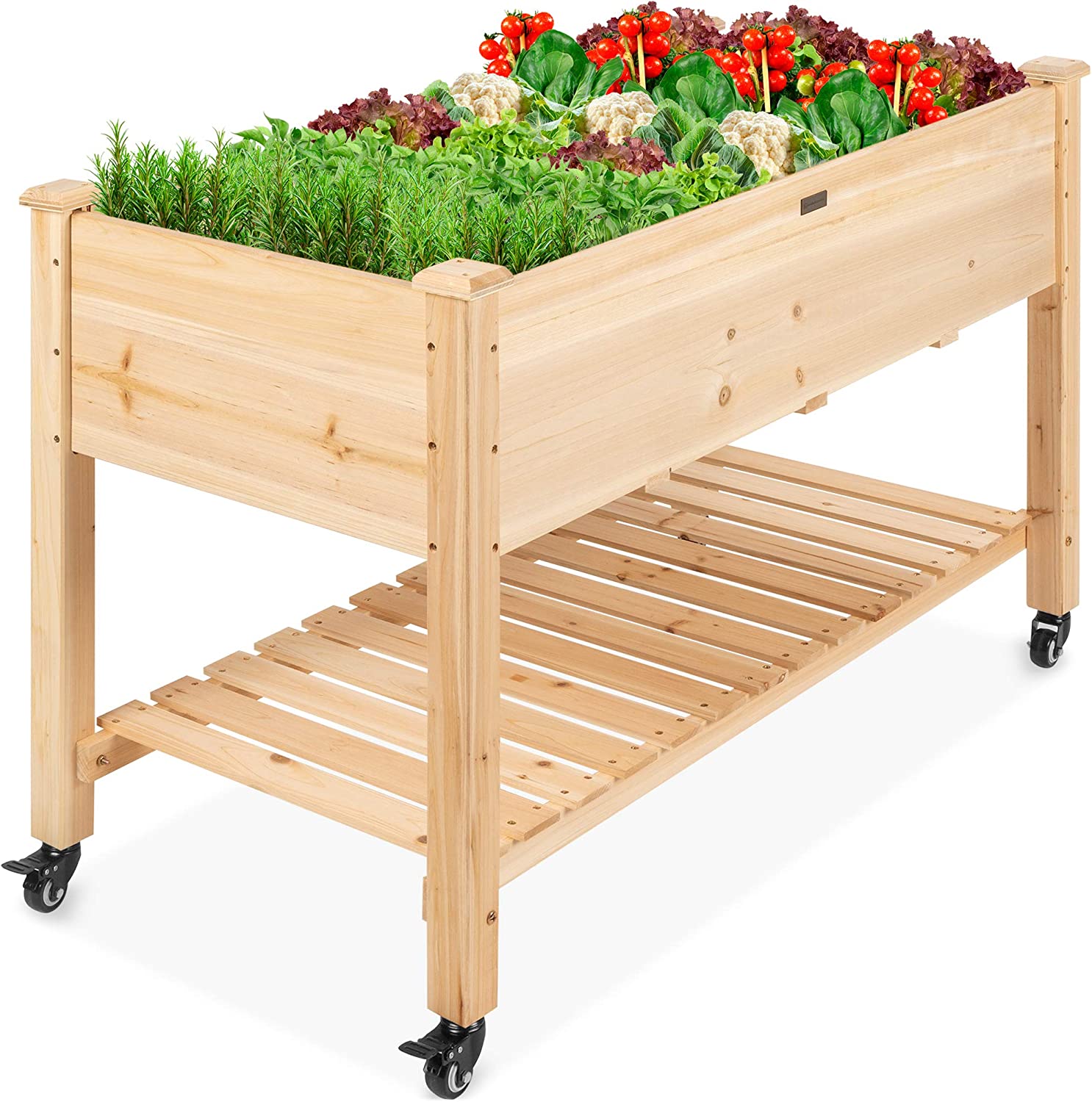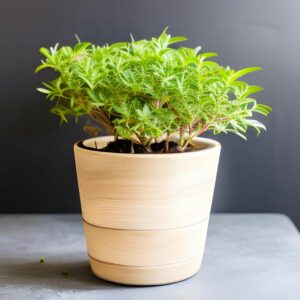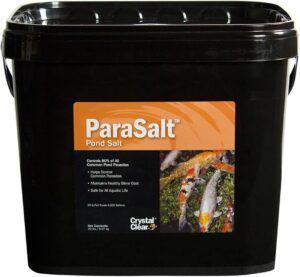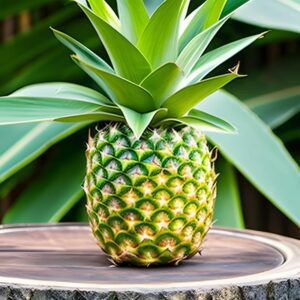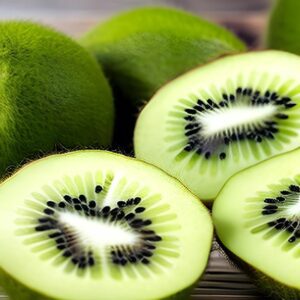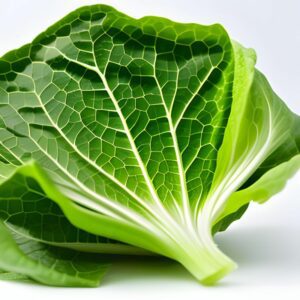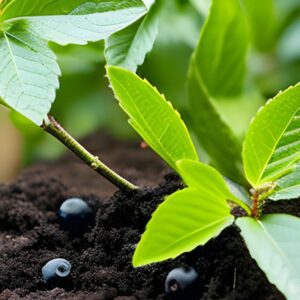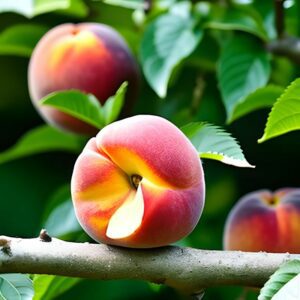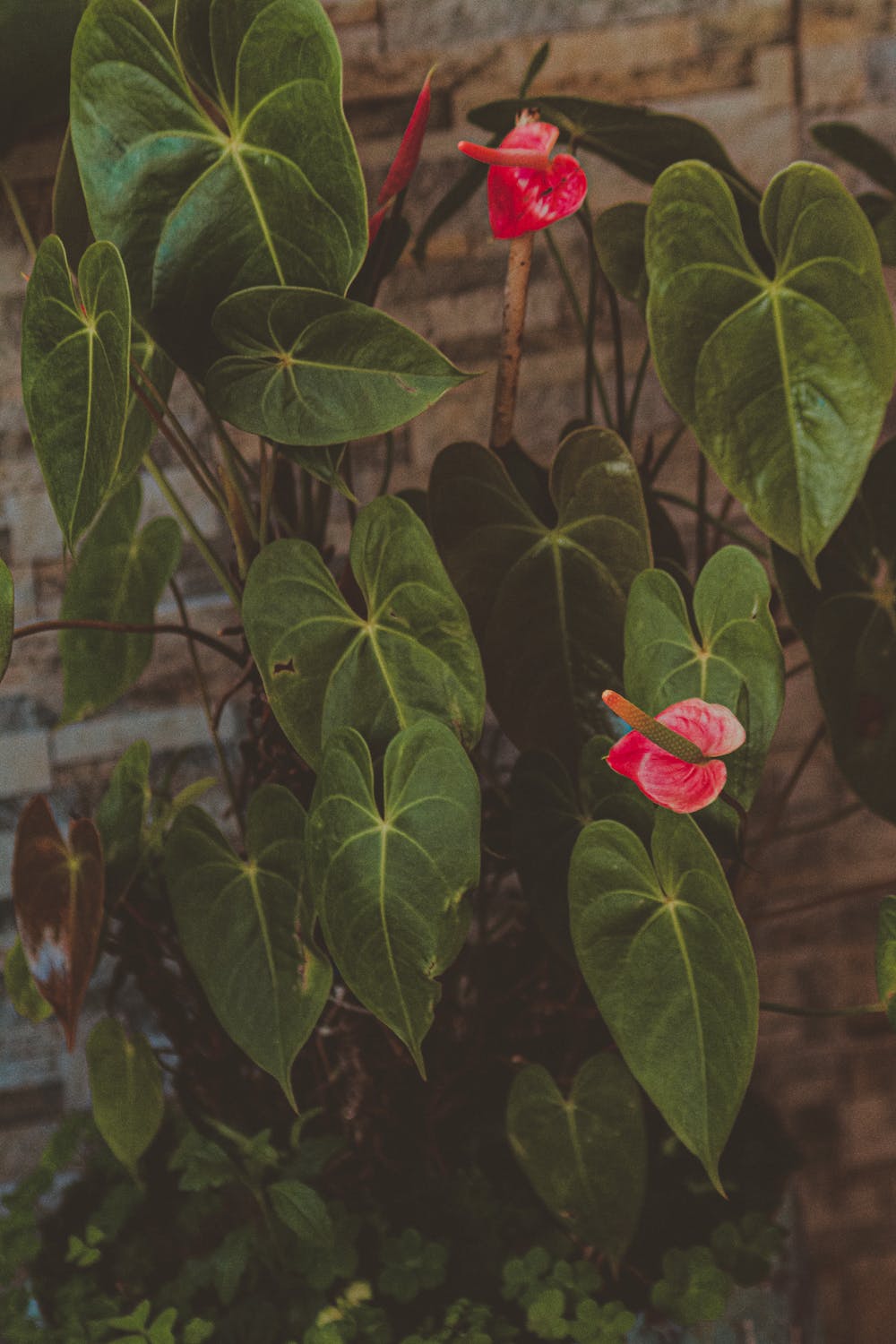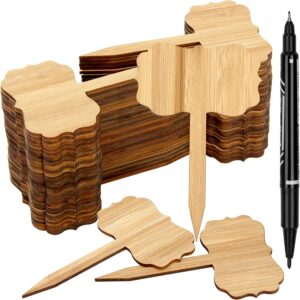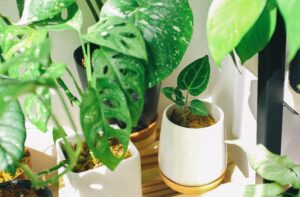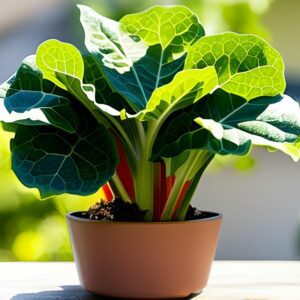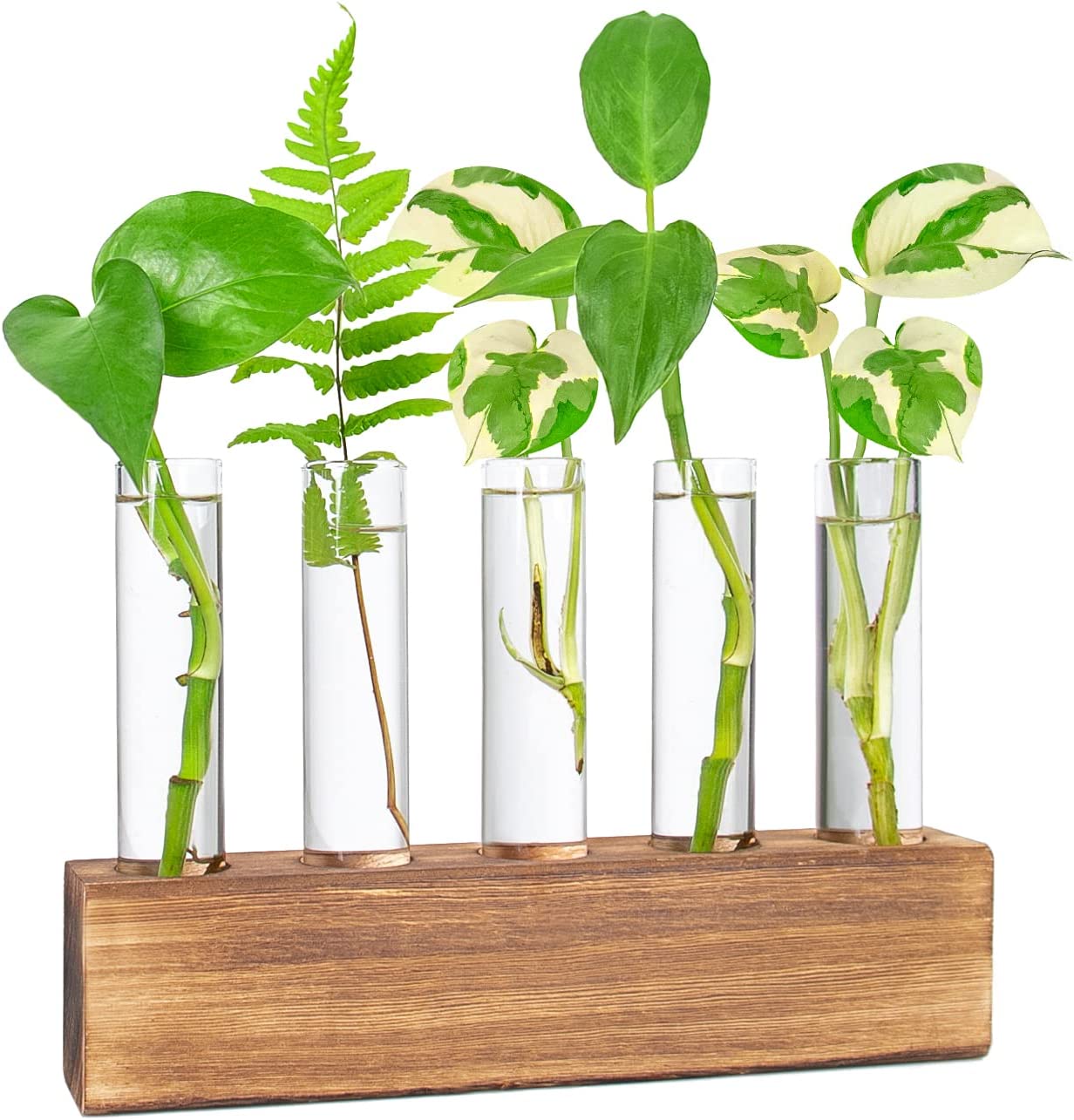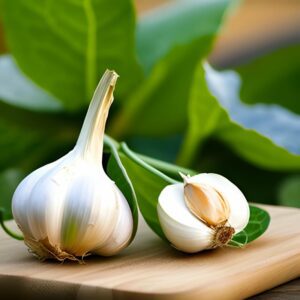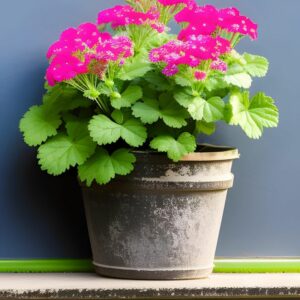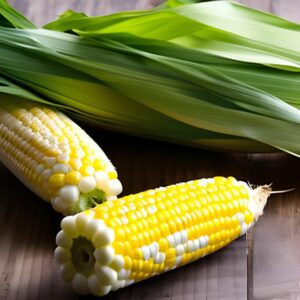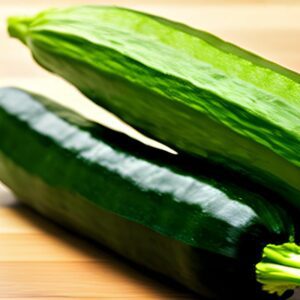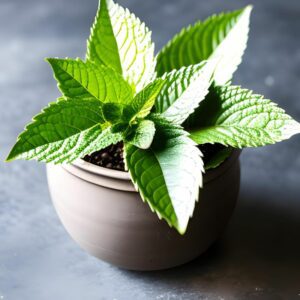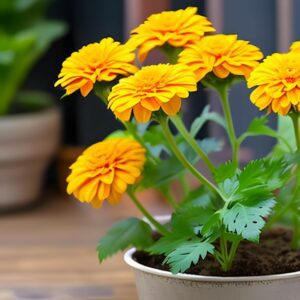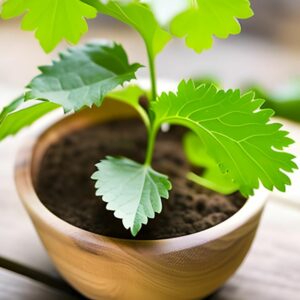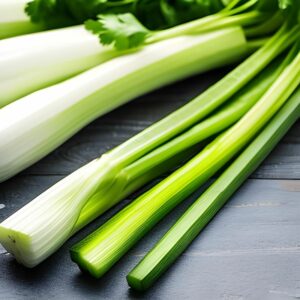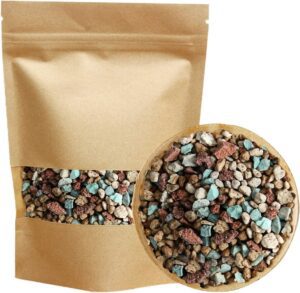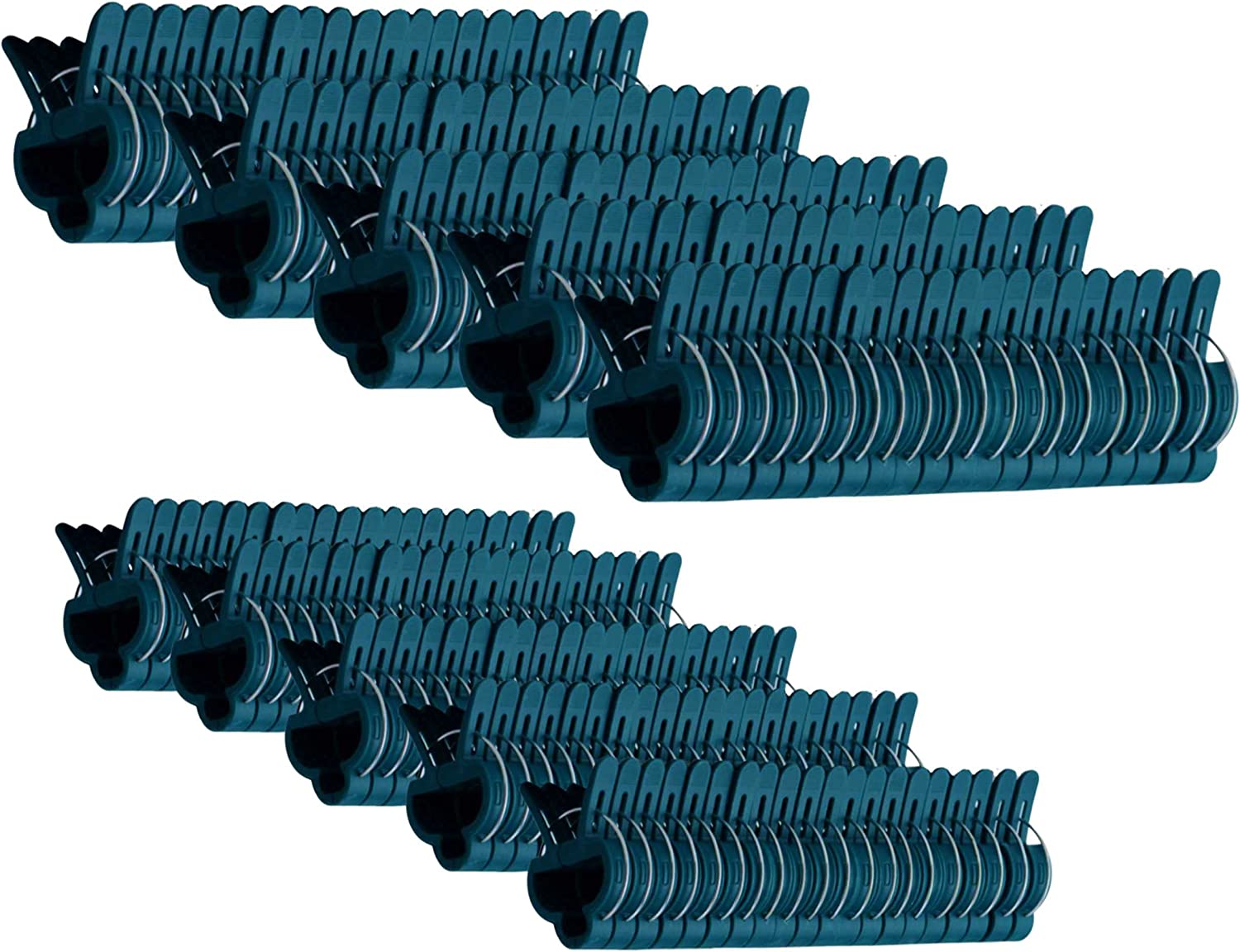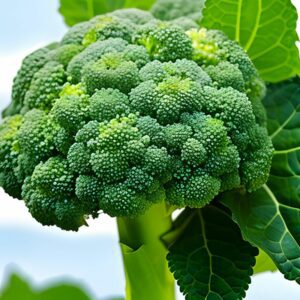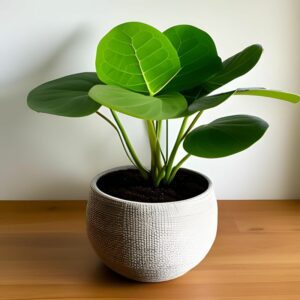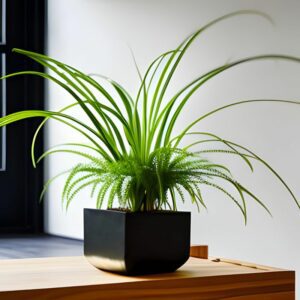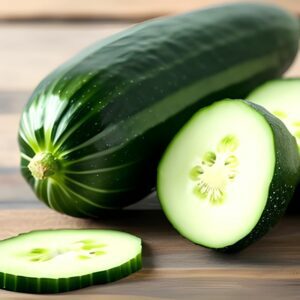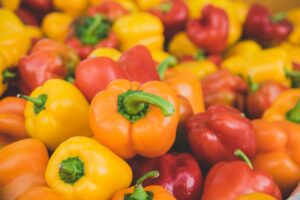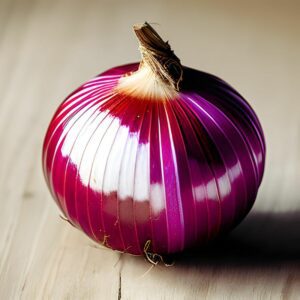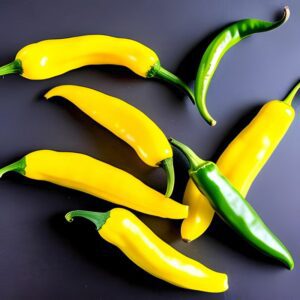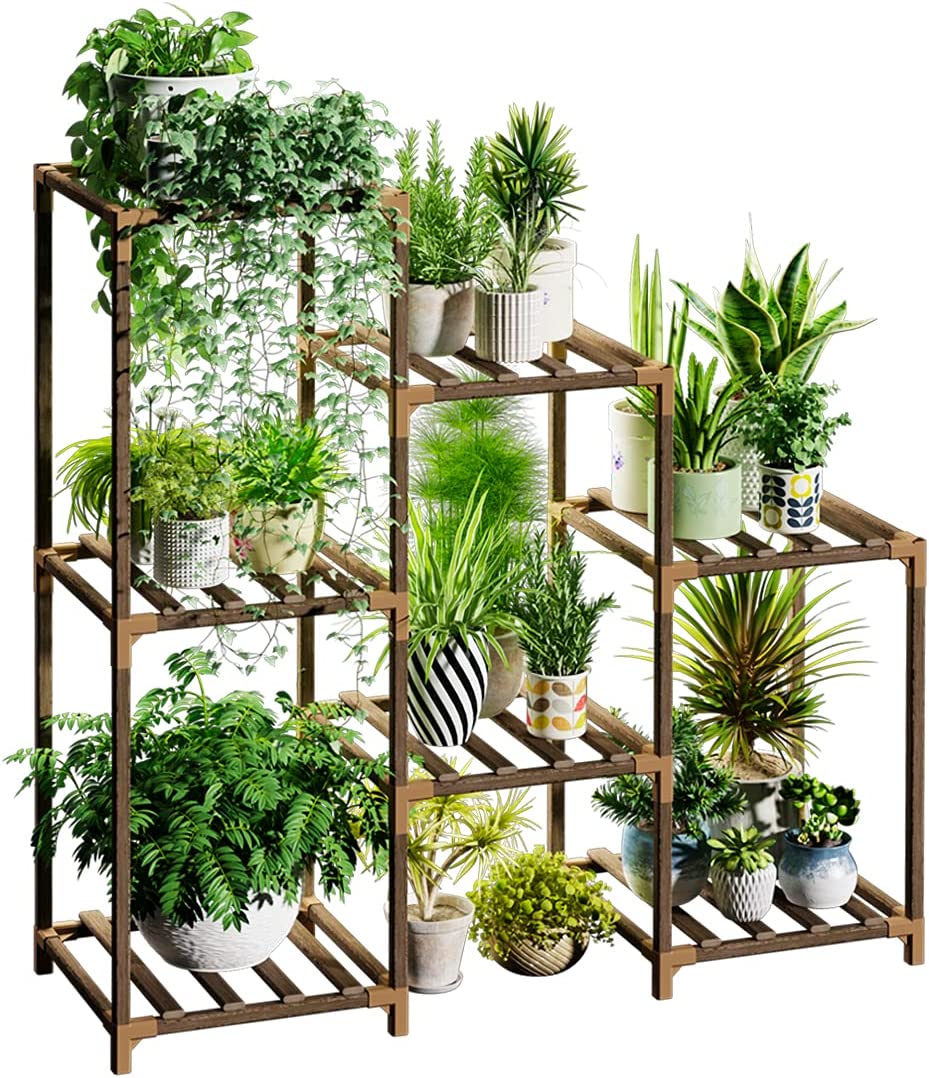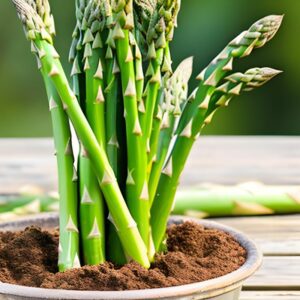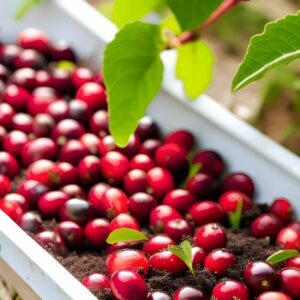Chives
Herbs
- Europe, Asia, & North America
- Easy
- 2-3 Months
Introduction
Chives are flavorful and versatile herbs that are popular in culinary applications. Native to Europe, Asia, and North America, chives are known for their slender, grass-like leaves and delicate purple flowers. Growing your own chives allows you to enjoy their fresh, onion-like flavor in a variety of dishes and adds a decorative touch to your herb garden or containers.
Plant Characteristics
Chives are perennial herbs that form clumps of slender, tubular leaves. The leaves are dark green and hollow, resembling small, thin grass blades. Chives produce round, globe-shaped clusters of small, purple flowers atop long stalks in late spring or early summer. Both the leaves and flowers are edible.
Ideal Growing Conditions
Chives thrive in full sun but can tolerate partial shade. They prefer well-draining soil that is rich in organic matter. Chives are adaptable to different soil types but perform best in moderately fertile soil. They can be grown in containers or in the ground. Chives are relatively cold-tolerant and can withstand light frosts.
Planting Guide
Plant chives in early spring or fall, when the soil is workable. Choose a location with ample sunlight and well-draining soil. Dig a hole that is wide and deep enough to accommodate the roots of the plant. Place the chive plant in the hole, ensuring the crown (where the roots meet the stem) is level with the soil surface. Backfill the hole with soil, gently firming it around the roots. Water the plant thoroughly after planting and provide a layer of organic mulch around the base to conserve moisture and suppress weed growth.
Watering and Fertilizing
Chives require regular watering to keep the soil evenly moist but not waterlogged. Water the plant when the top inch of soil feels dry to the touch. Avoid overwatering, as it can lead to root rot. Chives are not heavy feeders and generally do not require fertilization. However, if your soil is poor, you can provide a balanced organic fertilizer once or twice during the growing season.
Pruning and Maintenance
Pruning is not necessary for chives, but removing spent flowers can help redirect the plant’s energy towards leaf production. Regularly remove any yellow or damaged leaves to maintain the plant’s appearance. Chives are relatively low-maintenance and do not require extensive care.
Harvesting
Chives can be harvested once the leaves reach a usable length, usually when they are 6-8 inches tall. Use clean scissors or garden shears to snip off the leaves near the base. Avoid cutting more than one-third of the plant at a time to allow for continued growth. Freshly harvested chives are best used immediately, but they can be stored in the refrigerator for a few days.
Post-Harvest Care
After harvesting, chives can continue to grow and produce new leaves. Regularly water the plant to ensure adequate moisture. Applying a light organic fertilizer every few weeks can help maintain the plant’s vigor. If you want to propagate more chive plants, you can divide the clumps every few years in early spring.
Troubleshooting
Chives are generally resistant to pests and diseases. However, occasional issues like aphids or fungal diseases can occur. Monitor the plant regularly for signs of pests or diseases, such as distorted leaves or discoloration. If pests are present, you can wash them off with a strong stream of water or use organic insecticidal soap. To prevent fungal diseases, provide adequate spacing between plants for air circulation and avoid overhead watering. Removing any affected leaves and ensuring proper soil drainage can also help prevent diseases.
Fun Facts
Chives have been cultivated for centuries and have a rich history of culinary and medicinal uses. They belong to the same family as onions, garlic, and leeks, known as the Allium family. Chives are not only flavorful but also contain essential nutrients, including vitamins A and C. In addition to their culinary uses, chives are also valued for their attractive flowers, which can be used as garnishes or in floral arrangements.
